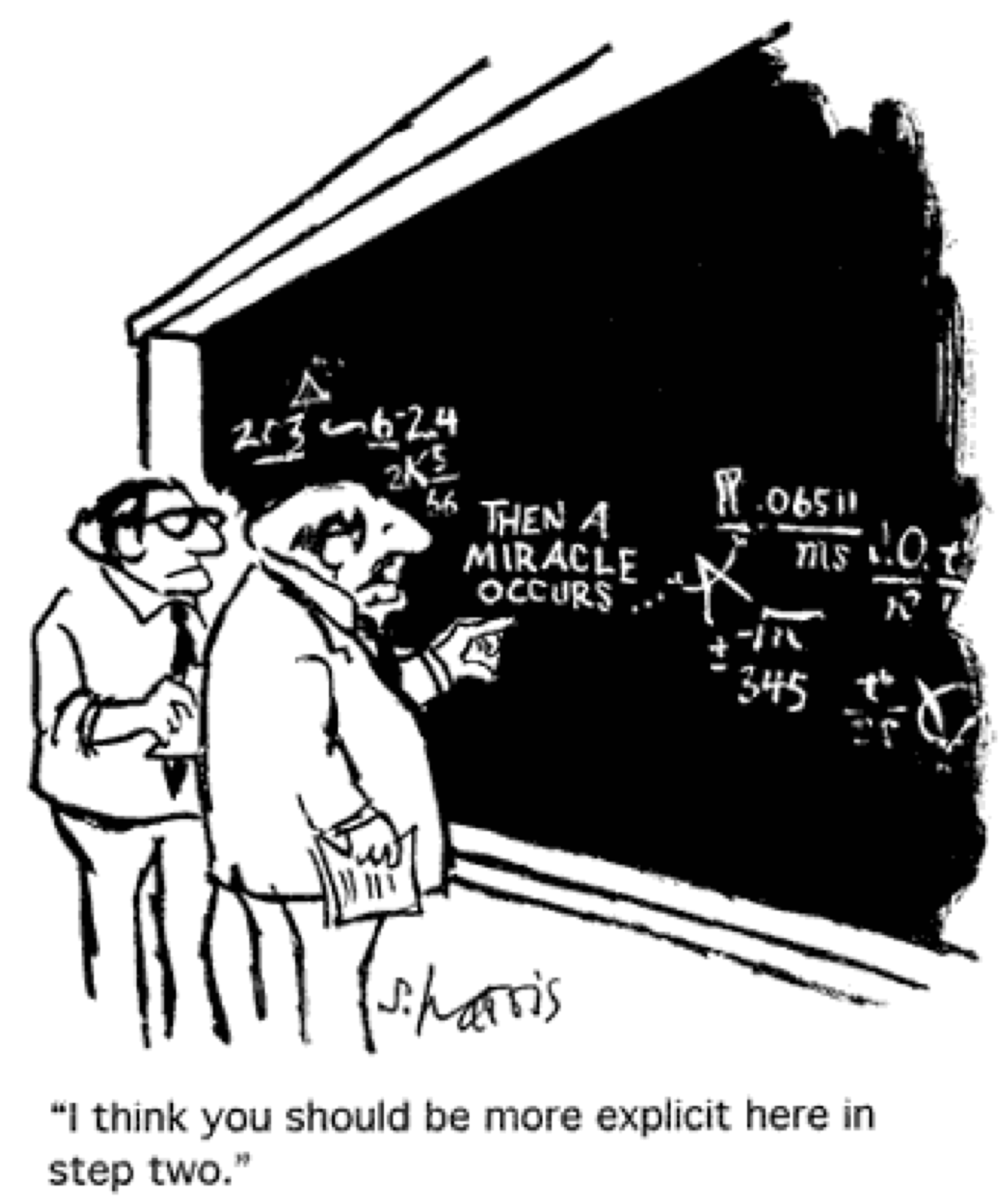So we’re about to start the engine, tonight. Which is a rather hectic jump from plugging up the hole in the fuel tank and putting on the windscreen. In fact, that catchup has become so big that I’ve been unable to write anything on the blog because there’s just too much to write. It’s also rather boring, albeit hopefully useful. So instead I’ll try to put up pages of the useful stuff when I get a chance, and rather just start blogging again from where I am now.
Deon, hero that he is, has mounted the water pump pulley on the alternator. Details here.
We had a button clutch made. This thing is awesome, and it turns out there’s more to clutches than you might think.
Also mounted the hydraulic slave cylinder for the clutch release. I really hope I did my maths right, but it seems to be ok.
The roll cage and the exhaust were manufactured. This is a mission because we don’t have a trailer, or a car powerful enough to pull it. A plan was made.
The electrics have been done. This is not a small job, it is in fact quite a big job. I’ll try to write up as much of my experience as possible; hopefully it will provide a starting point for your own system. You are building your own car, right?

The seats are in – the driver’s seat slides, but the passenger seat is fixed. It’s quite a brainteaser getting these things in, since the seat covers the area where you need to drill the hole. I’ll put in a page showing how I did it, in case it’s useful.
On to the engine starting. It’s very exciting, but it’s also quite a mission. First up there’s the ECU. Wiring it up is covered under the electrics page (or will be). The ECU itself also needs to be calibrated and a suitable map put into it. Andre supplied me with a startup mapping file, but it turns out that it’s from V2 of the XMS4A-2A. Mine (same model) is V1. The software for my model is a tiny bit different to his. My software can’t read his file, and his software can’t talk to my unit (it’s quite rude about it actually). It gets even stupider than that, but you get the picture. Eventually I managed to get screenshots of his mapping file, which I then MANUALLY typed into my mapping file. Number-by-number (no copy-paste, and only idiotic block setting). There are two main tables, 384 numbers in each.The software is crap in a very special way. Fun.

At least the hardware seems solid, and perhaps the V2 of the software is an improvement – it would have to physically poke me in the eye to be worse.
Calibration is not too hard once you get the hang of it. Engine temp is a bit of a mission, I ended up using good old “y=mx+c”
But before you can think about starting the engine, you need to think about cooling. This means not only the pipes to the radiator, but also plugging all the spare holes meant for creature comforts.
Johan did us the massive favour of machining some awesome aluminium stoppers for the heater hose holes.

They fitted very snugly, but then were also held in place with rubber hose and clamps. One of the stoppers was designed to fit a standard temperature sensor. This will serve as a backup sensor, part of the instrument panel.

Next on the to-do list is to make sure you’ve got oil pressure. This means putting oil into the engine (if you took yours out) and then turning the engine over using the starter motor until you get pressure.

Best idea is to remove the sparkplugs so that there’s no compression. This is less effort for the starter motor, and not too draining on the battery (don’t use your racing battery). Also, you might want to take special care that you’ve got the hoses on the right way round. There is a non-return valve in the filter, and you will get zero flow the other way round (and you might damage your pump). Don’t ask how I know all these details.

After this we checked that there was fuel flowing. We simply linked the feed and return lines, and put cheap filters at both ends to catch any dirt from inside the fuel lines. Have a few fire extinguishers handy until you’re sure everything works ok.

The fuel needs to be ignited, so that means checking for spark. Now you really get to see if the ECU is working. Sparkplugs, shorted against the engine (make sure there’s no loose fuel lying around) should show off pretty sparks.
To make it easy to turn things on and off, a simple dash was made. I also got to use a missile switch cover. That’s a real milestone in anyone’s life.

So, did we get the engine started…? Tell you soon 😉
-B

